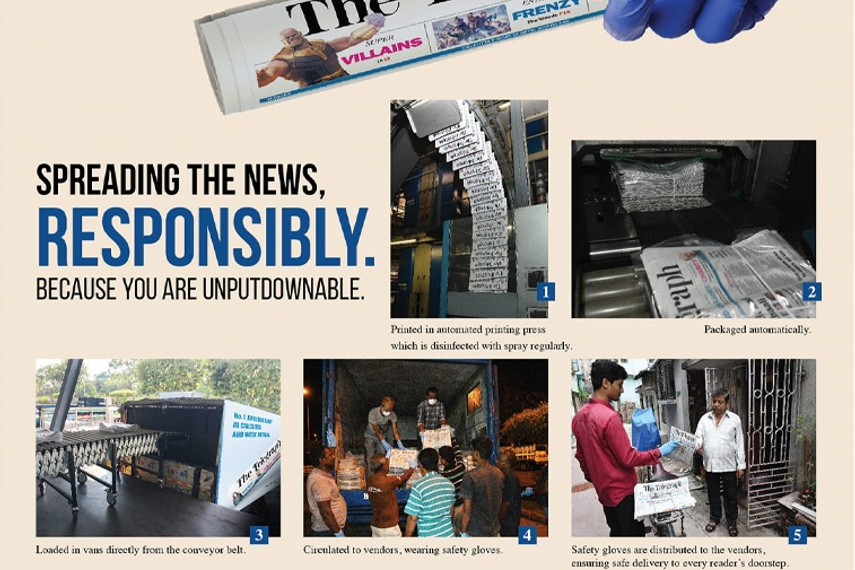
Please sign in or register
Existing users sign in here
Having trouble signing in?
Contact Customer Support at
[email protected]
or call+852 3175 1913
Growing public concern leads global news association to release article on the facts behind coronavirus' ability to survive on newsprint.

Contact Customer Support at
[email protected]
or call+852 3175 1913
Top news, insights and analysis every weekday
Sign up for Campaign Bulletins
EXCLUSIVE: Dentsu Media CEO Tommy Li has stepped down and is reportedly in police custody, as China’s media rebate probe expands with as many as 30 people questioned. Former Wavemaker chief client officer Julep Lin has also been arrested in connection with the investigation.
The grades are in for Campaign Asia's 22nd annual evaluation of APAC agency networks. Subscribe to read our detailed analyses.
After losing marquee clients Amazon and Lego, Initiative faces an uphill battle to rebuild its reputation, leaning on new tools, a "challenger" mindset, and a focus on e-commerce to stay competitive in a rapidly shifting industry.
Bidon has been global chief executive at Nexus since April 2022.